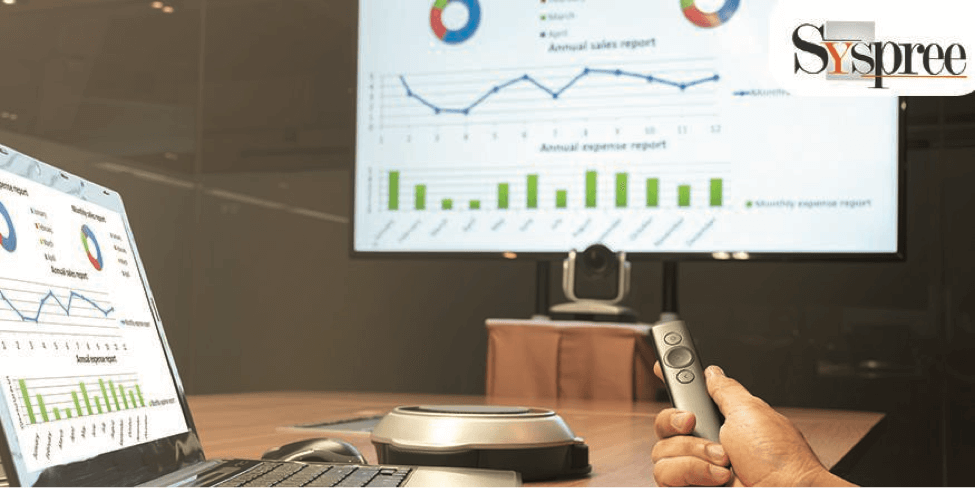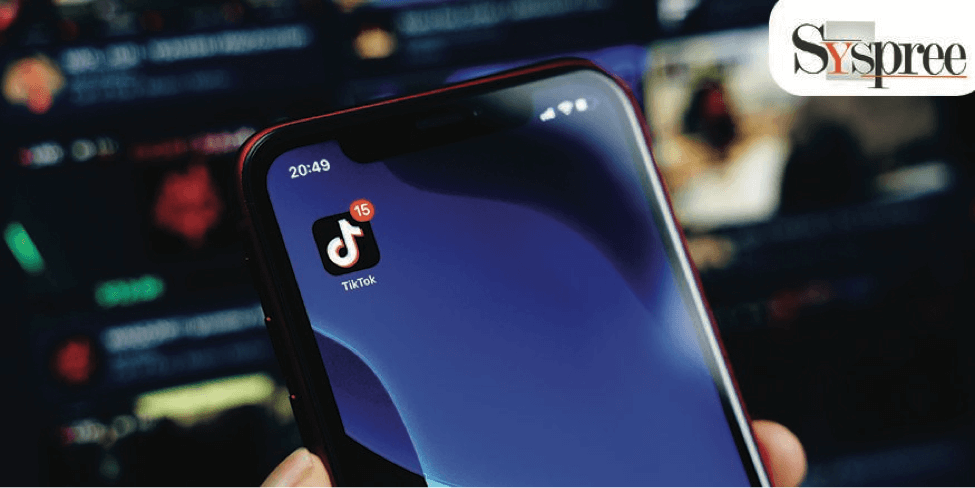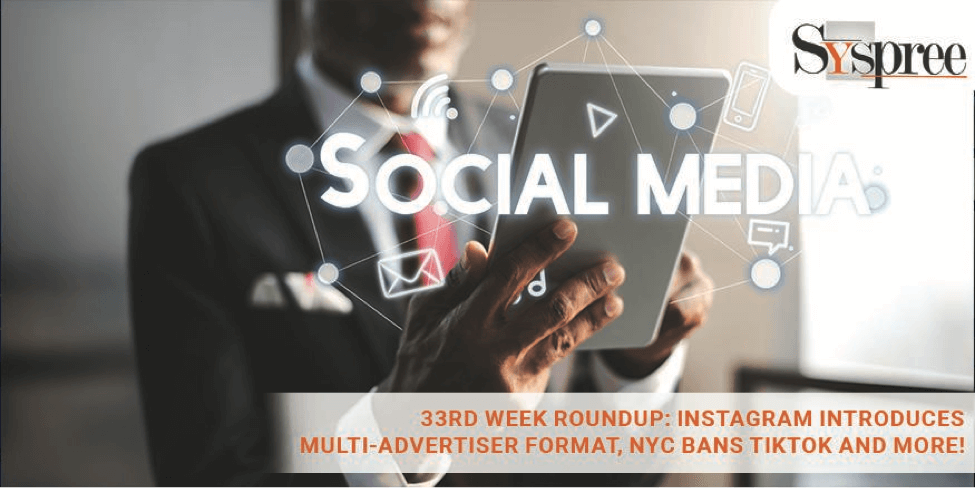Recent developments in digital advances have brought dramatic transformation, which we will see in this roundup blog. From Instagram’s multi-advertiser Reels format and Google Analytics reports to Microsoft’s expanded Advertiser Identity Verification service and Amazon AI-generated reviews reflecting the pursuit of compliance while improving experiences. At the same time, Snapchat AI speculation and New York City TikTok ban have added another layer to an ever-evolving digital landscape that showcases its multidimensionality.
Instagram Tests New Multi-Advertiser Format for Reels Ads, Expanding Advertising Options
Instagram has begun testing a brand-new format for Reels ads, testing out an innovative form of Multi-Advertiser display that some users are starting to experience. The multi-advertiser format groups together a collection of related brands into a single screen that appears between Reels posts – something Instagram launched back in October with Multi-Advertiser Ads for main feed. However, this iteration presents related ads based on user engagement; upon engaging with one ad, multiple multi-advertiser promotions appear below that initial post to display related products or businesses related to what interests users are.
Instagram’s ad goals include offering users access to multiple businesses’ products for comparison purposes. This format of Facebook and Instagram ads gives advertisers an opportunity to be discovered by individuals interested in similar products and brands. The leading social media agency says that this ad unit can also be integrated into Facebook feed and Stories, with Instagram currently working towards expanding it to Reels.
Advertisers who choose this placement option may benefit from lower costs and increased user engagement by targeting people who have previously engaged with similar content. Competition among multiple brands within one frame could reduce exposure and performance for each involved. Yet, this new format appears to be Instagram’s chosen strategy for multi-ad placement within the Reels feed. Regardless of possible differences in response from brands involved, Instagram seems set on proceeding with this initiative for multi-ad placement within the Reels feed.
Google Launches GA4 Reports Builder: Simplifying Analytics Reporting or Room for Improvement?

33rd Week Roundup- Google Launches GA4 Reports Builder
Google recently unveiled the GA4 Reports Builder extension, designed to simplify reporting processes for Google Analytics 4 users. Available since August 10th, this Google Workspace add-on enables users to create and execute reports for GA4 properties directly within Google Sheets – saving time on navigation through the GA4 interface for finding reports to export, thereby improving efficiency.
Users looking to leverage the GA4 Reports Builder can select “Create new report” from the extension’s menu and provide details like report name, target GA4 property, date range, dimensions and metrics when creating reports. Once completed, they can use the “Run reports” option and see their data populate onto an assigned tab in Google Sheets.
Initial reviews of GA4 Reports Builder have been mostly favourable, noting its ease and efficiency in streamlining analytics workflow. Users applaud its potential to transform analytics processes. Yet some reviewers have raised issues or offered suggestions for further improvement; such as auto-scheduling for daily report updates; additional filter options for dimensions and metrics; or adding tables for cleaner data presentation.
The best seo company says even though GA4 Reports Builder provides an impressive spreadsheet-based solution for website data analysis, certain essential features remain lacking – showing Google there’s still room to improve and creating opportunities for developers to innovate tools further to support Google Analytics 4 users in efficiently analyzing their site data. As industry needs shift and develop over time, there could be scope for this extension to become even more comprehensive and essential to analytics professionals.
Enhancing Online Presence: Google Business Profiles Now Support Direct Social Media Links
Google recently unveiled a feature that allows businesses to integrate social media profile links directly within their Google Business Profiles, giving customers access to further avenues for connecting, gathering information and resolving inquiries. Businesses that utilize this new capability will have more ways than ever for customers to stay in contact, stay updated and resolve inquiries more swiftly than before. Rollout of this new feature begins gradually and is currently accessible in specific regions only.
Businesses are provided with a dedicated Google support page explaining how businesses can control and display the social media links for each supported social network in their Google Business Profile, such as Facebook, Instagram, LinkedIn, Pinterest, TikTok, Twitter (X), YouTube etc. A leading social media marketing agency says that each company can add one link per supported social media platform. The feature will become gradually available over time and is currently available in specific regions.
Businesses taking advantage of this feature can quickly add their social media links to their Google Business Profile by accessing it, clicking ‘Edit profile,’ selecting ‘Business information,’ then ‘Contact,’ then “Social profiles.” Here the appropriate platform and web address may be entered for each social profile link that needs updating or removal; editing or removal follows an identical path.
Social media links enable local businesses to maximize their presence within Google’s ecosystem and enhance consumer expectations when searching for local services online. Consumers now expect not only websites but also social media links when looking up local companies online – this feature empowers small and midsized enterprises (SMEs) to offer seamless experiences comparable to larger chains; businesses may include one of each social media link across different Business Profiles but not mix links from various platforms in any one Business Profile.
Google Business Profiles now enable businesses to add direct social media links that enhance online visibility while engaging more deeply with customers. While no performance metrics such as click rates exist for these links, adding direct social media links provides businesses with an effective means of increasing online exposure while broadening customer relationships more fully.
Microsoft Extends Advertiser Identity Verification Deadline: What You Need to Know

33rd Week Roundup- Microsoft Extends Advertiser Identity Verification Deadline
Microsoft recently extended their Advertiser Identity Verification (AIV) deadline, giving advertisers more time to complete verification requirements and comply with AIV requirements in order to keep global ad visibility intact. They will only pause ads under certain conditions when advertisers do not abide by verification standards outlined by Microsoft says the best seo company
Under Microsoft’s revised framework, advertisers establishing new accounts must still undergo AIV verification; otherwise, they risk temporarily suspending their ads until Microsoft can perform further checks. In such an event, Microsoft could pause ads due to incompletion:
- Advertisers targeting European Economic Area (EEA) regions have 30 days to submit verification documents to continue serving ads there.
- Should AIV remain incomplete for 30 days or longer, eligibility to display ads within the European Advertising Regulators Area will be suspended until completion.
- Advertisers whose accounts trigger risk-based systematic checks or use Microsoft products as advertising.
- Ads will only be globally delivered upon successful AIV completion.
- Advertisers whose accounts have been suspended due to violations of policy and who still need to complete AIV are excluded.
- Completing AIV requirements will be necessary to appeal an account suspension decision.
Microsoft’s decision to extend the verification deadline in response to customer feedback aims to minimize impactful effects for advertisers and reduce the pausing of certain ads as the AIV program evolves and potential risks are evaluated, thus maintaining global advertising presence on Microsoft platforms requires advertisers to complete their AIV process in a timely manner; Microsoft provides more time and outlines specific scenarios of pausing advertisements as means for striking an ideal balance between compliance requirements and customer convenience.
Read more: https://searchengineland.com/microsoft-reverses-decision-ads-unverified-advertisers-430727
Amazon Introduces AI-Generated Customer Review Summaries: A Game-Changer with Caveats

33rd Week Roundup- Amazon Introduces AI-Generated Customer Review
Amazon Unveils AI-Generated Customer Review Summaries as Game Changer with Limitations
Amazon recently unveiled artificial intelligence-generated customer review summaries, ushering in a new era in online shopping. These reviews aim to give shoppers quick snapshots of a product’s key features for faster decision-making;. However, this advancement brings improved shopping experiences, it also raises concerns regarding content reliability, seller reputation, and conversion rates.
AI-generated customer review summaries on Amazon present both benefits and challenges. On one side, these summaries can enhance shopping by giving concise insight into a product’s strengths without forcing customers to read multiple reviews, thus increasing conversion rates of products with predominantly positive customer feedback. On the other hand, these reviews could bring new challenges.
AI-generated summaries present sellers with the risk of inaccuracies or misinterpretations that could damage their image if left unaddressed accurately. Resolving inaccuracies in AI information on product pages raises further considerations concerning review timelines for rectifying inaccuracies in this space. Amazon is adopting AI solutions for sellers, which profoundly impacts review presentation.
While streamlined communication may sound attractive, striking an equitable balance between efficiency and accuracy must remain a key priority; sellers and marketers carefully observing AI in creating impartial yet precise summaries is an ongoing endeavor. As this technology rapidly advances, e-commerce store owners should remain up-to-date on its potential benefits and associated risks. Amazon’s adoption of AI-generated customer review summaries underscores this shift.
Snapchat’s My AI Chatbot Sparks Speculation with Mysterious Story Glitch
Snapchat’s My AI chatbot recently caused shockwaves when it posted an inexplicable video frame as part of its Story feed and stopped responding to user inquiries, leading some observers to speculate whether My AI had acquired sentience and raise questions over its significance and meaning. Concerns were further escalated by users who playfully provoked My AI bot to illicit unflattering responses from it.
Snapchat later stated that an unknown glitch caused this unexpected behavior and confirmed its functionality has since returned to normal. Snap’s response, especially its use of “At this time,” alluded to My AI being given Stories capabilities in the near future; however, given mixed reactions to this incident and possible fear-driven responses due to AI-related paranoia; Snap likely will tread carefully to avoid sparking negative sentiment related to artificial intelligence (AI).
My AI’s history has been marked by challenges, from automatically placing itself at the top of users’ inboxes to inappropriate responses requiring safeguards to implement, to its automatic placement at the top and inappropriate responses that prompted safeguards to implement.
While The leading social media agency thinks AI chatbots may produce unpredictable output due to web-based inputs, uncertainty remains low. Generative AI tools operate using statistics and equations rather than human learning as more advanced versions of predictive text tools; consequently, My AI’s glitch-induced Story confusion stands as a reminder of the complexity that may arise within AI technologies even as their development continues.
Read more: https://www.socialmediatoday.com/news/snap-reassures-users-my-ai-not-coming-life/691126/
New York City Bans TikTok on Government Devices as Security Concerns Grow

33rd Week Roundup- NYC Bans TikTok
New York has taken steps against TikTok by restricting it on all city-owned devices, following previous federal and state bans of the app on government tools. NYC Cyber Command conducted a review that identified TikTok as an overwhelming security risk to city networks. However, their role may include connecting people securely via social media platforms like TikTok.
TikTok has experienced repeated failure in official cybersecurity tests, leading to greater concerns around its security posture and increased bans across the United States. New York was among the first states and counties to prohibit its use on government devices in 2020 – setting an example that other states and counties soon followed suit.
Notwithstanding widespread interest in potential TikTok bans, dialogue regarding such measures has recently fallen silent amid rising tensions between China and America. CFIUS has been discussing its status for nearly three years without making an official declaration; however, this latest ban by NYC could spark discussions around TikTok bans further and increase pressure for CFIUS to reach an informed decision soon.
A top social media marketing agency says that as tensions between China and America escalate periodically, TikTok remains uncertain of its fate. Seen as a potentially volatile topic within international politics and debate surrounding potential bans by US regulators, TikTok continues exploring alternate solutions to appease regulators while simultaneously fulfilling short-form video content delivery to its users.
Conclusion of the Roundup
In recent updates, Instagram is testing a multi-advertiser format for Reels ads, Google introduced GA4 Reports Builder for streamlined analytics, and Microsoft extended its Advertiser Identity Verification deadline. Google Business Profiles now support direct social media links, Amazon launches AI-generated customer review summaries, and Snapchat’s My AI chatbot glitch prompts questions about AI’s capabilities. Additionally, New York City bans TikTok on government devices, amplifying security concerns and sparking discussions about the app’s future in the US. If you like this blog check out our previous blog Unlocking Cross-Channel Web Conversions: A Comprehensive Guide to GA4’s Latest Feature.








Very informative